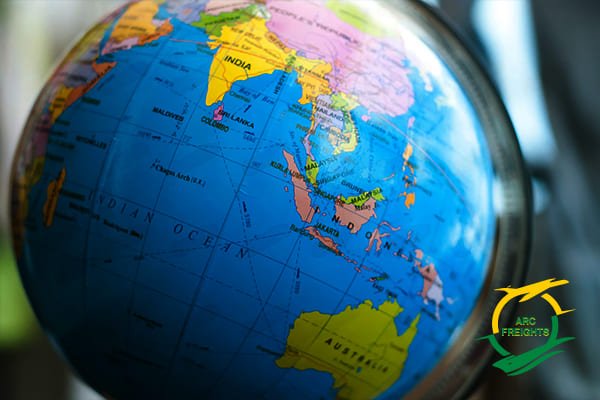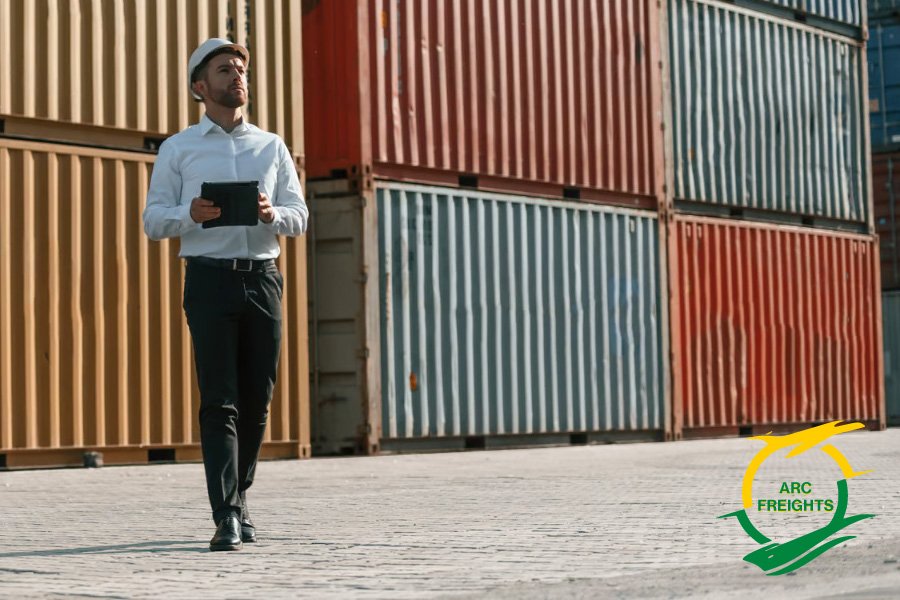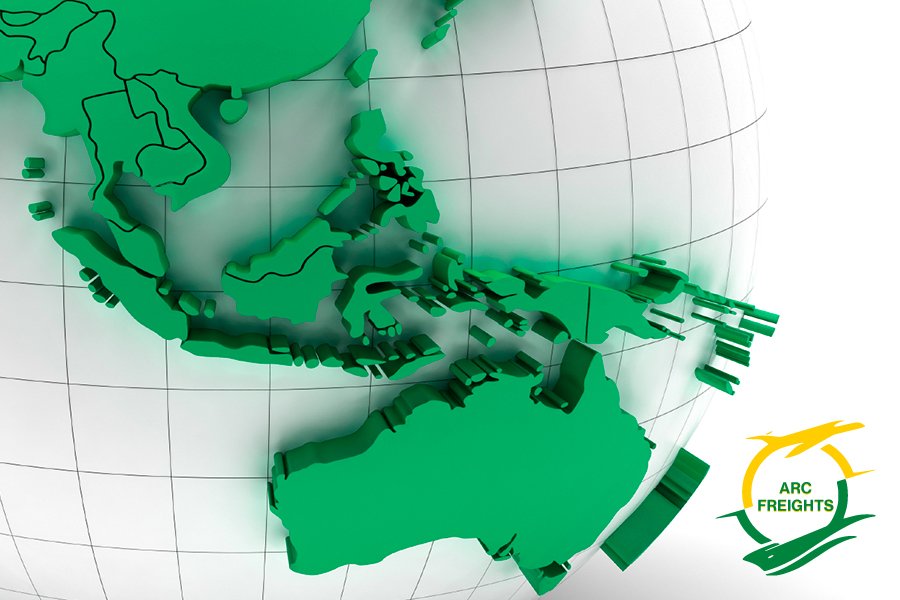Trump 2.0 – ASEAN Opportunities

The global trade landscape is increasingly shaped by shifting geopolitical tensions, particularly the trade conflict between the U.S. and China. Australian businesses, like many others around the world, are navigating the implications of these changes. With the potential for further trade barriers and uncertainty, Southeast Asia presents both challenges and exciting opportunities for Australian companies seeking to secure and expand their operations.
Southeast Asia: A Geopolitical Safe Haven

Southeast Asia emerged as a critical beneficiary of the U.S.-China trade conflict during the first Trump presidency. With Trump’s tariffs targeting Chinese exports, many manufacturers from China, Taiwan, Japan, and South Korea, among others, shifted their production bases to ASEAN countries to avoid U.S. duties. The region’s neutral geopolitical stance allowed it to see a rise in trade with both China and the U.S., making it an increasingly attractive destination for manufacturing.
For Australian businesses, particularly those with supply chains in China, this shift offers valuable lessons. Southeast Asia offers a promising environment for relocation or expansion, especially in countries like Singapore, Vietnam, Indonesia, and more. The latter markets, where manufacturing boomed as a result of the trade war, are now poised to continue benefiting from the ongoing diversification of global supply chains.
Strategic Manufacturing Shifts
One of the primary lessons from Southeast Asia’s growth during the trade tensions is the importance of diversification. As global trade dynamics evolve, reducing dependence on any single market—particularly one as unpredictable as China—can help businesses mitigate risks. With the looming threat of U.S. tariffs on Chinese goods, Australian companies should reassess their manufacturing strategies and consider relocating or expanding operations to Southeast Asia, safeguarding against potential tariff impacts and diversifying supply chain risks.
Countries such as Vietnam, Indonesia, and Malaysia offer competitive labour costs, solid infrastructure, and favourable trade agreements, making them attractive alternatives for Australian businesses seeking new manufacturing hubs. Moreover, Southeast Asia’s focus on industries like electric vehicles (EVs) and clean energy may present further opportunities for Australian companies involved in automotive, technology, or energy sectors.
Australian businesses looking to engage with Vietnam, Indonesia, or other regional markets might find value in our Comprehensive Guide to Import and Export in Singapore, Comprehensive Guide to Import and Export in Vietnam, and Comprehensive Guide to Import and Export in Indonesia.
Leveraging ASEAN’s Growing Trade Potential

In addition to diversifying manufacturing, Australian businesses should consider increasing their trade relationships with ASEAN nations. The region’s growth, fueled by its expanding middle class, increasing urbanization, and integration into global supply chains, presents significant opportunities for Australian exporters.
With ongoing U.S.-China tensions, ASEAN countries are working to solidify their economic positions by deepening trade relationships with global partners. Nations like the Philippines are looking to South Korea, Japan, and others to secure new trade avenues. Australian businesses could seize this moment to establish or strengthen partnerships in this dynamic region, benefiting from the trade agreements ASEAN countries are forging with other global powers.
The increasing complexity of global trade rules also presents an opportunity for Australian businesses to integrate more deeply into ASEAN’s regional value chains. Aligning with evolving trade standards can help Australian companies ensure continued access to both regional and international markets, strengthening their position in the global marketplace.
For businesses exploring regional opportunities, How Australian Businesses Can Leverage Singapore for Global Trade Success is a must-read resource.
Capitalising on China’s Shift in Exports
The trade conflict between the U.S. and China has driven many Chinese exporters to seek new markets for their goods, and Southeast Asia has emerged as a major beneficiary of this shift. As Chinese companies encounter obstacles in sending products to the U.S., they are increasingly turning to ASEAN countries as alternative markets. For Australian businesses operating in Southeast Asia, this shift creates both challenges and opportunities.
While the risk of local markets being flooded with low-cost Chinese imports exists, there is also a chance for Australian businesses to differentiate themselves by offering higher-quality alternatives. Southeast Asian governments are increasingly focusing on anti-dumping measures to protect local industries, and Australian companies can gain a competitive advantage by meeting local regulatory standards and offering superior-quality or more technologically advanced products.
Engaging Freight Forwarders for Smooth Operations

As Australian companies expand their manufacturing and trade operations in Southeast Asia, partnering with experienced freight forwarders is a key consideration. Freight forwarders play a critical role in managing logistics, navigating international trade complexities, and ensuring timely and compliant delivery of goods.
In an era of fluctuating tariffs, changing trade regulations, and diverse customs requirements, a skilled freight forwarder can help mitigate risks, prevent delays during customs clearance, and ensure smooth transportation. Australian businesses can leverage their expertise to streamline operations, reduce costs, and maintain the flexibility needed to succeed in a rapidly evolving global trade environment.
Conclusion
As Australian businesses look to capitalise on the opportunities presented by Southeast Asia, it is crucial to remain proactive in managing supply chains amidst the uncertainties of global trade. The potential for trade disruptions, particularly in light of changing U.S. tariffs, reinforces the importance of diversifying operations and trade relationships.
A critical step in this process is partnering with experienced freight forwarding services. These experts can provide valuable support in navigating complex trade regulations, managing logistics, and ensuring compliance with shifting international standards. By working with reliable freight forwarders, Australian businesses can streamline their operations, reduce risk, and focus on seizing new opportunities in Southeast Asia’s expanding markets. In this uncertain global trade environment, freight forwarders are invaluable allies in driving growth and maintaining a competitive edge.
Arc Freights is Australia’s leading Freight Forwarder offering QUALITY & RELIABLE logistics services in more than 140 countries. Having plied our expertise in ASEAN for nearly two decades, we are the trusted partner for logistics between Australia and Brunei, Cambodia, Indonesia, Laos, Malaysia, Myanmar, Philippines, Singapore, Thailand, and Vietnam. With expert knowledge, advanced technology, and a commitment to reliability, we provide seamless logistics management that helps you focus on what matters most—growing your business.







One thought on “Trump 2.0 – ASEAN Opportunities”